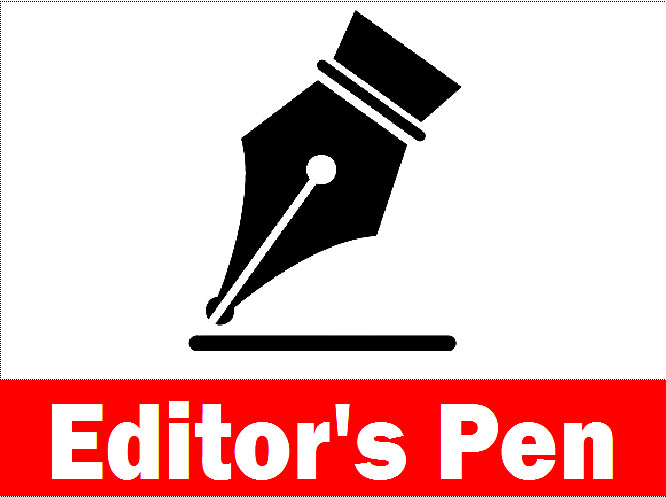The scenic beauty of Jammu and Kashmir often masks a grim reality that lies beneath its picturesque landscapes: its roads are increasingly turning into death traps. The recent revelation that accidents in the region have claimed a staggering 4251 lives over the past five years is not just a statistic; it’s a stark reminder of the urgent need for action.
According to official data, Jammu and Kashmir witnessed a total of 28,896 accidents during this period, resulting in 37,725 injuries. These numbers not only reflect a concerning trend but also point towards a systemic failure in ensuring road safety in the region.
While the reasons behind these accidents are multifaceted, several glaring issues demand immediate attention. First and foremost is the state of the roads themselves. Many of the highways and byways in Jammu and Kashmir are in deplorable condition, riddled with potholes and poorly maintained stretches. These hazardous road conditions significantly increase the risk of accidents, especially during adverse weather conditions prevalent in the region. Moreover, the lack of proper infrastructure, including inadequate lighting and signage, further compounds the problem. Many accident-prone areas lack basic safety measures, making navigation perilous, particularly for night-time travelers. Additionally, reckless driving, over-speeding, and the disregard for traffic rules among commuters exacerbate the risk of collisions. The consequences of these accidents extend far beyond mere numbers. Each statistic represents a human life lost or irrevocably altered, leaving behind grieving families and shattered communities. The emotional and economic toll of road accidents cannot be overstated, and it’s high time that concerted efforts are made to address this pressing issue.
To tackle this crisis, a multifaceted approach is imperative. Firstly, there needs to be a significant investment in infrastructure improvement projects aimed at repairing and upgrading the road network across Jammu and Kashmir. This includes regular maintenance, widening narrow roads, and installing adequate safety features such as guardrails and reflective signage.
Additionally, there must be a renewed focus on road safety education and awareness campaigns targeting both drivers and pedestrians. Educating the public about the importance of following traffic rules, practicing defensive driving techniques, and fostering a culture of responsible road behavior can go a long way in reducing the incidence of accidents. Furthermore, stringent enforcement of traffic laws is essential to deter reckless driving practices. This requires deploying adequate law enforcement personnel and utilizing technology such as CCTV cameras to monitor traffic violations effectively. Simultaneously, penalties for traffic offenses should be rigorously enforced to ensure compliance and accountability among road users.
Lastly, community engagement and collaboration are crucial in addressing this issue holistically. Local communities, government agencies, NGOs, and private stakeholders must work together to identify high-risk areas, implement targeted interventions, and foster a culture of collective responsibility towards road safety.
The alarming statistics of road accidents in Jammu and Kashmir serve as a wake-up call for immediate action. The loss of thousands of lives over the past five years is a tragedy that cannot be ignored or tolerated any longer. It’s time for decisive measures to transform Jammu and Kashmir’s roads from death traps into safe passages, ensuring that every journey is a step towards life and not towards tragedy.



























